
Top 15 Office Lighting Manufacturers In The World
Discover top global office lighting manufacturers enhancing work environments with innovative, energy-efficient solutions for productivity and comfort.
Stage lighting is pivotal. It does more than just light up a stage; it sets the mood, guides the audience’s focus, and amplifies performances.
The power of lighting can elevate a show, adding depth and aiding storytelling. For performers, proper lighting is essential, making every move and emotion stand out.
For those new to this world, this guide is your starting point. We’ll introduce the basics of stage lighting design: types of lights, their roles, techniques, and essential tools.
Let’s dive into the art of stage lighting.
Pencahayaan pentas isn’t just about brightness or placement; it’s about intent and impact.
Setting the Mood and Tone:
Before a word is spoken or a note is played, lighting sets the scene. A warm, soft glow can create a romantic ambiance, while stark, sharp lights can convey tension or drama.
Enhancing Storytelling:
Lights help tell the story. They can highlight a character during a pivotal moment, create the illusion of time passing, or even symbolize emotions.
Drawing Attention:
In ensemble scenes or bustling backdrops, lighting directs the audience’s gaze, ensuring key moments aren’t missed.
For those starting out, understanding the language of lighting design is crucial. Here are some foundational terms:
Intensiti:
This refers to the brightness or dimness of a light. It determines how much light is cast on a subject.
Fokus:
Where is the light aimed? Focus can be broad or pinpointed, depending on the desired effect.
Warna:
Lights aren’t just white. Colored gels or LEDs can cast hues, affecting the scene’s mood and look.
Texture:
This involves breaking up light, and creating patterns, or shadows. It adds depth and can make lighting look more natural or stylized.
Grasping these fundamentals is the first step in the intricate dance of stage lighting design.
The variety of lights available to designers can seem overwhelming at first. Here, we’ll break down some of the most common types and their primary purposes.
Primary Function:
Lampu sorot are designed to focus light on a specific area or subject. They offer a controlled beam of light, which can be adjusted in size.
Typical Use:
Often used to highlight solo performers, key props, or specific stage areas, spotlights ensure the audience’s attention is drawn where it’s needed most.
Primary Function:
Contrary to spotlights, lampu limpah emit a broader beam of light, illuminating larger areas without a defined or sharp edge.
Typical Use:
Ideal for lighting up backdrops, stages, or wide areas, floodlights ensure even illumination without focusing on a single point.
These are a diverse category of lights tailored for specific needs.
pengenalan:
Special effect lights can range from strobes, which produce rapid flashes, to black lights that bring out fluorescent colors. They’re essential for creating certain moods, effects, or moments in a performance.
Understanding the distinct roles of these lights is essential for any budding lighting designer. Each type has its unique attributes and applications, making them invaluable tools in the world of stage lighting.
Where a light is placed, and the angle from which it shines, can dramatically change the look and feel of a performance. Let’s explore the different positions and their effects.
What It Does:
Shines on performers from the front, making them clearly visible to the audience.
Effects:
Though it clearly illuminates, front lighting may reduce facial depth by softening shadows.
Role:
Located behind subjects, this lighting type can produce silhouettes or a radiant background effect.
Impact:
It gives performers a distinct outline, lending depth to the stage. Its effect can range from creating a dreamy ambiance to building suspense.
Definition:
Lights come from either side, accentuating the contours of subjects on stage.
Importance in Creating Shadows and Depth:
By casting shadows across performers, side lighting introduces contrast and depth, making features more pronounced and adding a dramatic flair to scenes.
Mastering these positions and understanding their effects allows designers to paint stages with light, crafting visuals that complement and elevate performances.
Beyond the type and position of lights, the way they’re utilized plays a vital role in stage design. Here, we delve into some foundational techniques that every lighting designer should be familiar with.
pengenalan:
Color mixing is the blending of different colored lights to achieve a desired hue on stage. This technique allows designers to create a vast spectrum of colors from a limited number of light sources.
By overlapping beams of primary colors (typically red, blue, and green in LED systems), one can produce secondary colors and various shades in between.
Projection Technique:
A ‘gobo’ is a stencil or template placed inside or in front of a light source to create patterned or shaped beams. These patterns can be anything from abstract textures to recognizable shapes or images.
Application:
Gobos are used to add texture to a scene, create shadow effects, or project-specific patterns onto surfaces, like simulated window shadows or leaves for a forest ambiance.
The Art of Change:
Fading refers to the gradual increase or decrease in light intensity. It’s a fundamental technique used to shift between different lighting states or scenes.
Application:
Smooth transitions are crucial for maintaining immersion in a performance. Whether it’s transitioning from day to night, scene changes, or evoking mood shifts, mastering fades ensures the audience remains engrossed in the storyline.
By integrating these techniques, lighting designers can craft dynamic, engaging, and mood-appropriate atmospheres that enhance every performance.
While creativity and vision are integral to lighting design, certain tools enable designers to bring their ideas to life efficiently and precisely.
Purpose:
This equipment is a linchpin for designers, aiding in:
It’s essential for designers to have a dependable lighting console, pivotal in real-time execution and seamless performances.
What Are They?
These are detailed sketches that map out the position of every light in a venue, detailing light type, color, focus, and more.
Why Use Them?
They help:
Such plans ensure a streamlined and effective lighting setup.
Incorporating these tools into the design process streamlines operations and ensures that the lighting vision is realized with precision and consistency.
Embarking on the journey of stage lighting design is exciting, but like any art form, there are potential hurdles and best practices to keep in mind. Here are some insights to set beginners on the right path.
Overcomplicating Designs: While it’s tempting to use every available light and color, sometimes simplicity is key. Overdoing can distract from the performance.
Ignoring the Director’s Vision: Remember, lighting is there to complement the storyline and mood. Always ensure your design aligns with the overall vision of the production.
Failing to Test and Rehearse: Without testing, unexpected issues can arise during live performances. Always run through lighting cues and scenes before the show.
Neglecting Maintenance: Regularly check equipment, cables, and connectors. A small technical issue can disrupt an entire performance.
Stage lighting design is both profound and intricate. It’s where technical know-how meets artistic flair.
Just as artists refine their skills over time, lighting designers evolve through trials, errors, and triumphs. Every project offers a lesson.
The lighting design landscape is always shifting with novel innovations. Continuous learning keeps a designer relevant and inventive.
Guidelines exist, but the individual touch of a designer is irreplaceable. To newcomers: Immerse yourself, dare to innovate, and create unforgettable lighting landscapes. Your ingenuity can redefine stage performances.

Discover top global office lighting manufacturers enhancing work environments with innovative, energy-efficient solutions for productivity and comfort.
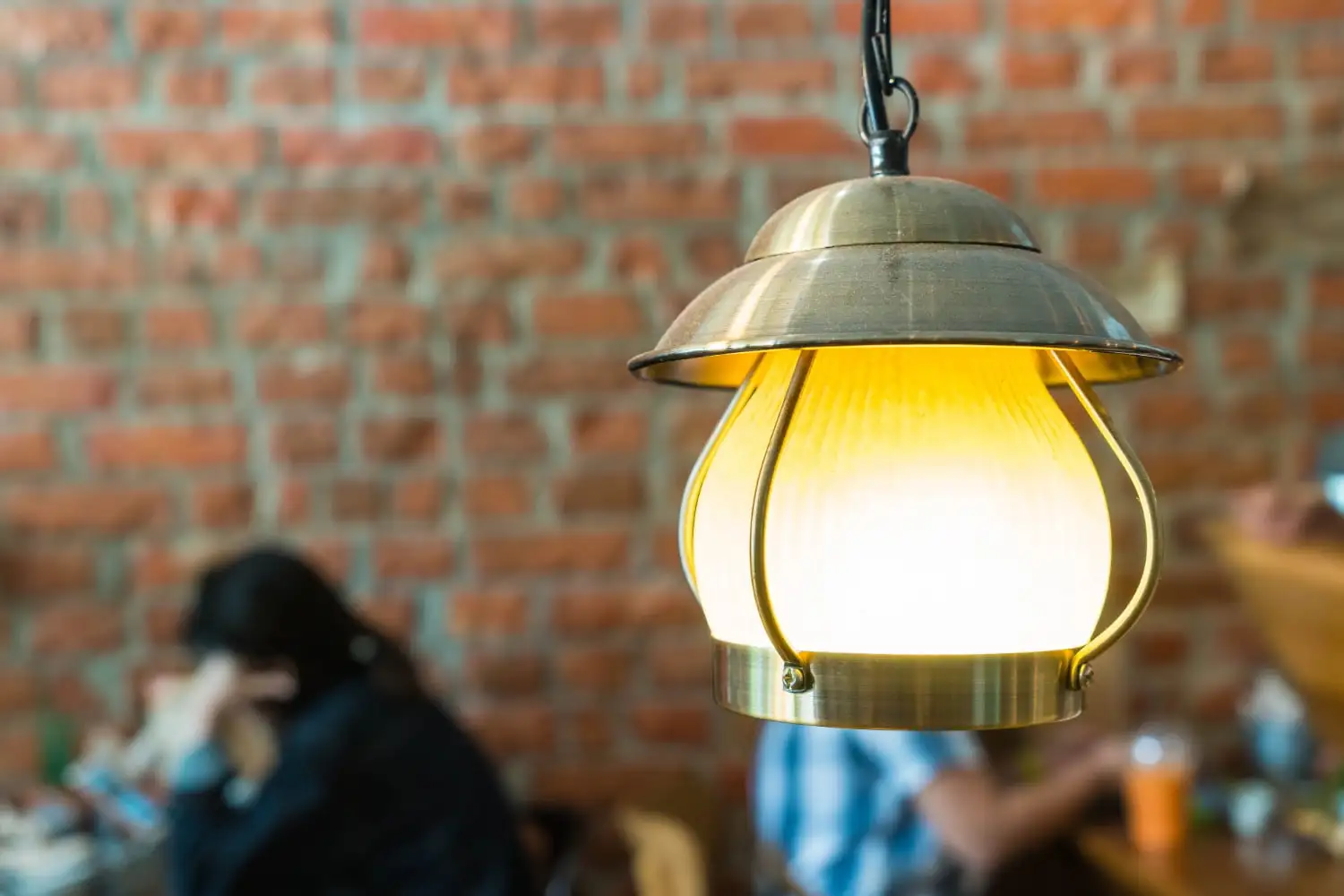
Explore the essential certifications for LED lights that ensure safety, performance, and compliance in various global markets. Learn about UL,
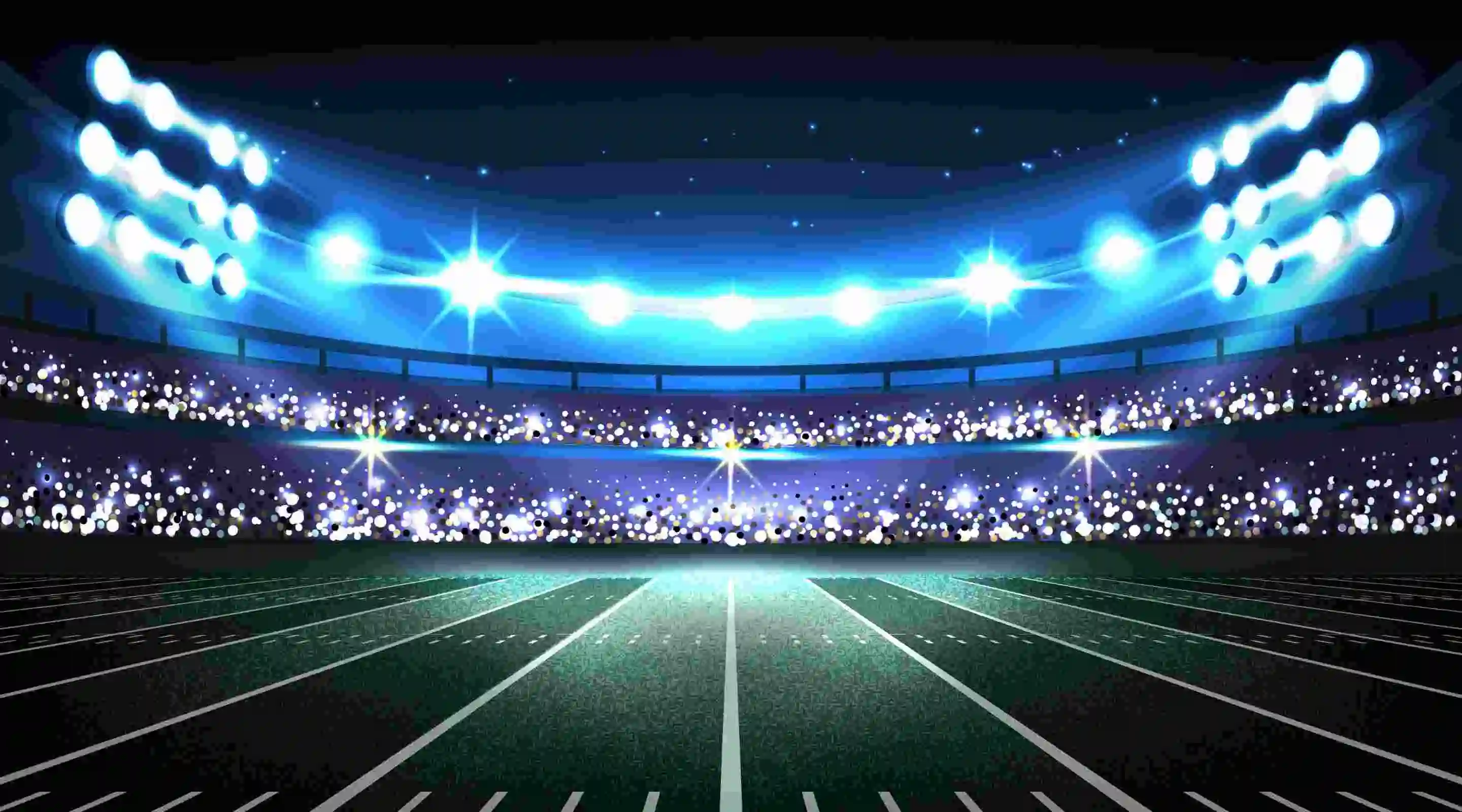
Explore top sports lighting manufacturers enhancing athletic performance and spectator experience with advanced, durable LED ways for various sports venues.
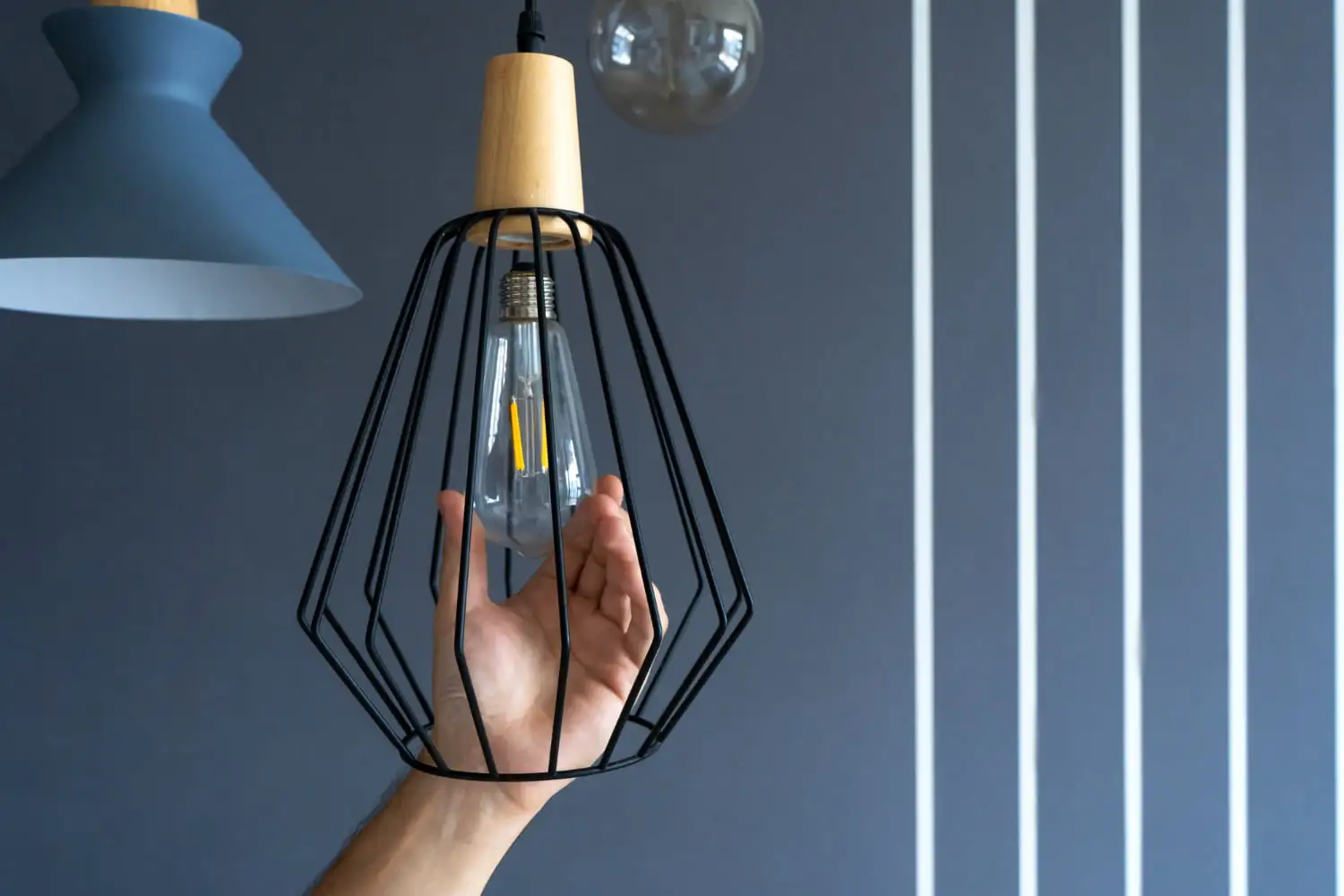
Learn how to change a light fixture with Vorlane’s guide. Discover necessary tools, safety tips, and step-by-step instructions for secure
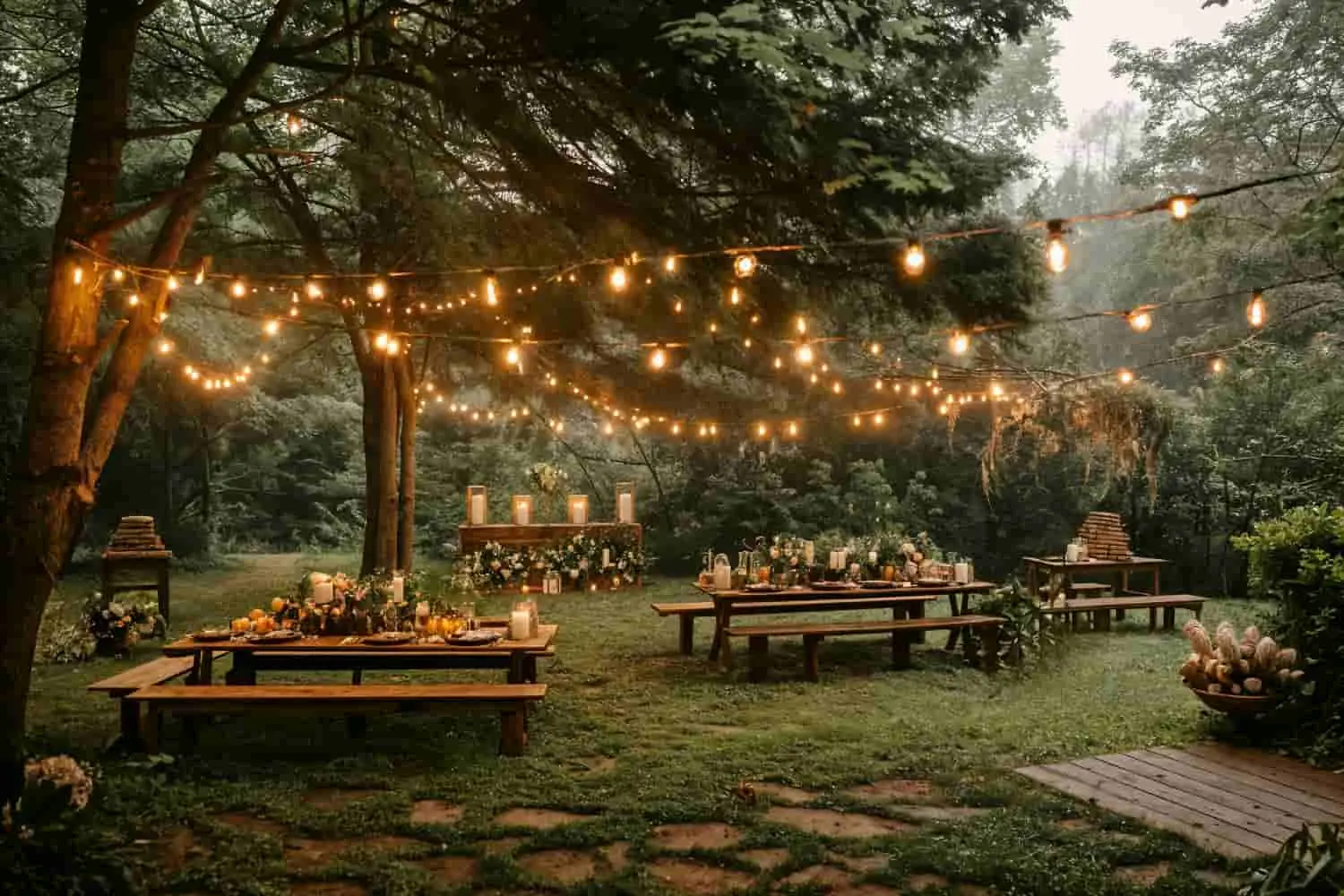
Explore Vorlane’s range of garden LED lights, including pathway, spotlights, string, solar-powered, flood, decorative, and underwater lights.
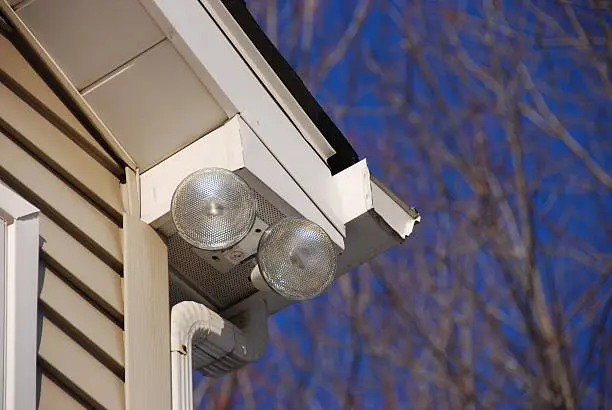
Explore the benefits and applications of floodlights in various industries, including sports, construction, and public spaces.
Daftar untuk mendapatkan pengumuman dan tawaran produk terkini.
*Kami menghormati kerahsiaan anda dan semua maklumat dilindungi.


 | Laporan Penyelidikan Industri LED Ini Bernilai 10,000 Dolar!Ingin mendapatkan data industri yang boleh dipercayai untuk menyokong perancangan perniagaan LED anda? Dalam laporan ini, anda akan:
*Serahkan e-mel anda untuk memuat turun fail ini. Maklumat peribadi anda tidak akan dikongsi kepada mana-mana orang atau organisasi pihak ketiga. |
WhatsApp kami
*Kami menghormati kerahsiaan anda dan semua maklumat dilindungi.
